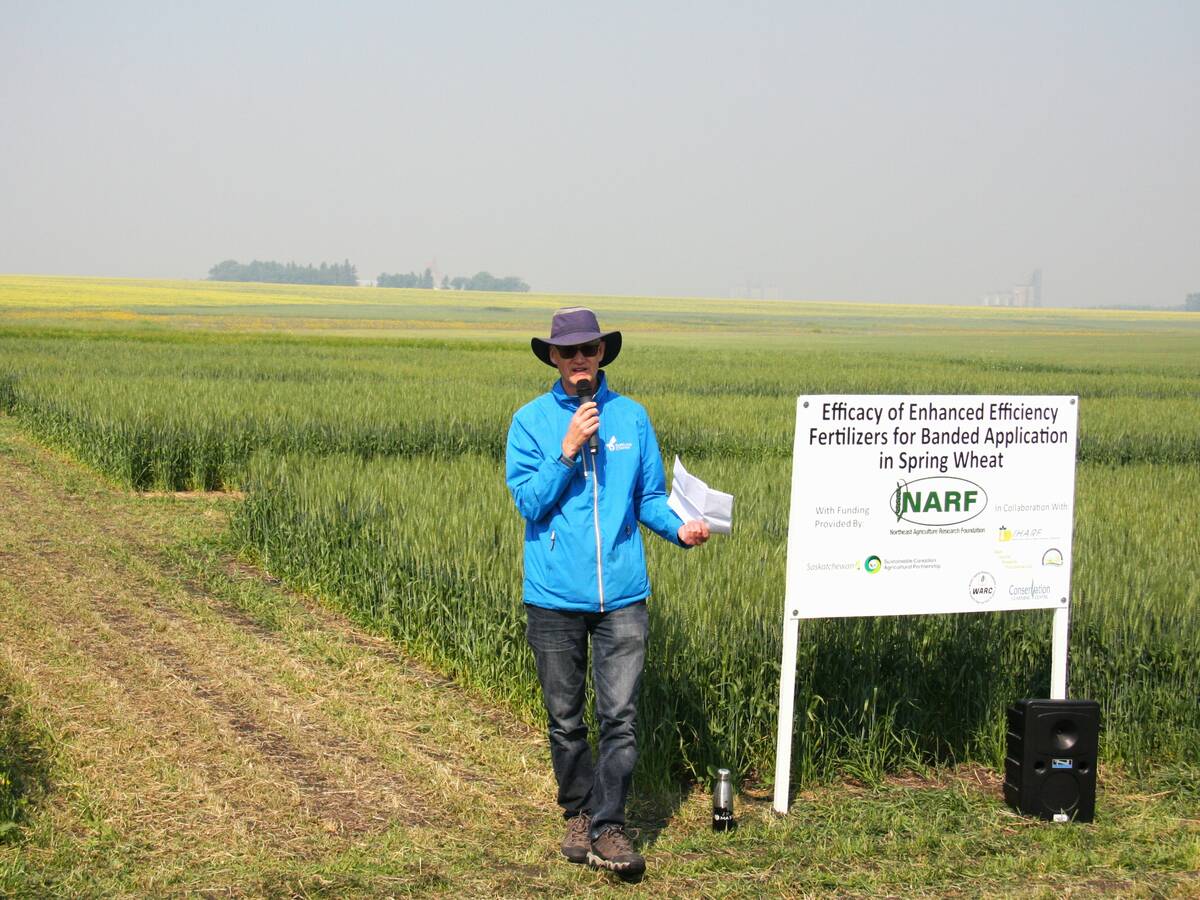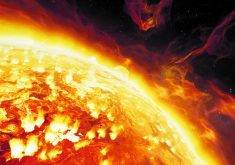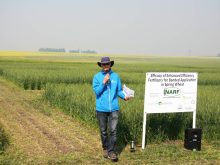UPDATED: October 3, 2024 1600 CST – adds comments from precision ag specialist Matt Yanick – They might make for an enjoyable sight in the nighttime sky, but a solar flare currently heading Earth’s way has the potential to cause problems.
Earlier this morning, the National Oceanic and Atmospheric Administration’s (NOAA) Space Weather Prediction Center in Boulder, Colorado, put out a notification that a “strong” X9.0 solar flare had been generated by the sun. An X7.1 flare was also recorded Oct. 1.
NOAA says strong solar flares like these have the potential to negatively affect numerous sectors, including communications, satellite and airline operations, manned space flights, navigation and surveying systems, as well as the electric power grid.
A similar, though less powerful X8.7, event occurred earlier this year in May, and had quite a disruptive effect on farmers’ GPS systems at a crucial time with seeding underway.
Read Also

Fertilizer method’s link to emissions studied
A researcher says others studying greenhouse gas emissions aren’t considering how the loss of nitrogen into the atmosphere correlates with fertilizer application or if there is an impact to yield.
“Based on what I’ve seen this solar flare is the 15th biggest ever since they started recording them,” said Matt Yanick with My Precision Ag Ltd., whose company specializes in precision ag solutions like GPS. “It’s the biggest in this solar cycle – the current biggest was the one back in May and that caused a lot of disruption.”
With the solar flare last May Yanick said anyone running any form of GPS had some level of accuracy degradation. He figures the next couple days will see pretty similar effects.
Yanick says that, luckily, not as many guys will be in the field trying to seed now, but that doesn’t mean there won’t be problems.
“There’ going to be a lot of guys trying to put tile in the ground, to do drainage, where accuracy is extremely important, and they’re going to be unable to do it,” he said. “Guys doing fall application work, fall seeding, and anyone that’s still harvesting and trying to use autosteer – it’s going to impact all that majorly.”
Wawanesa, Man., farmer Simon Ellis was seeding May 10 when he realized his GPS wasn’t working correctly.
“Initially there were large misses or large overlap, up to half the air seeder width,” he told Glacier FarmMedia at the time.
“That was with the autosteer engaged.
“At times it would start the pass correctly then slowly start missing until (the error) was half of the machine width. Then it would go back the other way.”
X-class solar flares are the largest, according to NASA. The classification system NASA uses ranges from A-class flares to B, C, M and then X.
“Similar to the Richter scale for earthquakes, each letter represents a 10-fold increase in energy output,” says a NASA backgrounder on solar flares.
The effects of these recent flares are expected to cause problems for several days.















